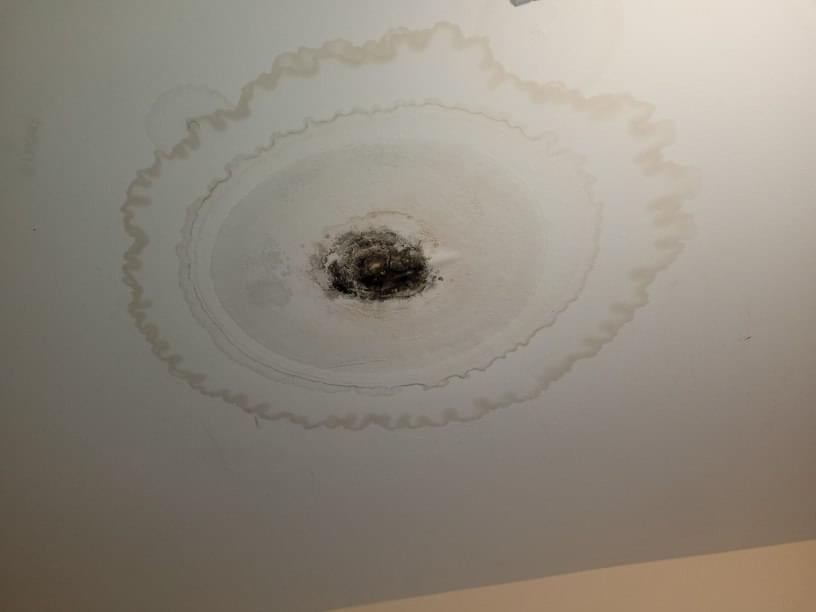6 Ways to Locate Concealed Water Leakages in Your Home
6 Ways to Locate Concealed Water Leakages in Your Home
Blog Article
Do you find yourself on the lookout for help around Top leak detection hacks?

Early detection of leaking water lines can reduce a prospective catastrophe. Besides conserving you money, it will lessen the worry and also irritation. The minute you find a leakage, calling your plumber for repair services is the very best service. Nonetheless, some small water leakages may not show up. If you can not find it with your naked eyes, right here are some hacks that help.
1. Check Out the Water Meter
Checking it is a proven method that aids you find leakages. If it moves, that suggests a fast-moving leakage. This implies you may have a slow-moving leak that might also be below ground.
2. Check Water Usage
If you detect abrupt adjustments, in spite of your usage being the same, it means that you have leakages in your plumbing system. An unexpected spike in your expense indicates a fast-moving leakage.
At the same time, a constant rise monthly, even with the same habits, shows you have a slow-moving leak that's also slowly rising. Call a plumber to completely examine your property, specifically if you really feel a warm area on your flooring with piping below.
3. Do a Food Coloring Test
When it comes to water intake, 30% comes from bathrooms. If the color somehow infiltrates your dish during that time without flushing, there's a leak in between the storage tank and dish.
4. Asses Exterior Lines
Do not fail to remember to check your exterior water lines as well. Examination spigots by affixing a garden tube. Must water leak out of the link, you have a loose rubber gasket. Change this and make sure all connections are tight. It will help get it skillfully checked out and maintained yearly if you've got a sprinkler system. One small leakage can lose tons of water and spike your water bill.
5. Check and Analyze the Scenario
Property owners should make it a behavior to inspect under the sink counters and also even inside cabinets for any bad odor or mold and mildew growth. These two warnings suggest a leakage so prompt interest is called for. Doing routine examinations, even bi-annually, can conserve you from a significant problem.
More significantly, if you recognize your residence is currently old, maintain a watchful eye on your heating units, tubes, pipelines etc. Check for stainings and compromising as a lot of devices and also pipelines have a life span. They will likewise naturally deteriorate due to wear and tear. Do not wait for it to escalate if you suspect dripping water lines in your plumbing system. Call an expert plumber as soon as possible so you don't wind up with a horrible mess in your home.
Early detection of leaking water lines can reduce a prospective disaster. Some small water leaks may not be visible. Checking it is a surefire way that helps you uncover leakages. One little leakage can lose heaps of water as well as surge your water expense.
If you suspect leaking water lines in your plumbing system, don't wait for it to escalate.
5 Signs that Your Home Has a Hidden Leak
Your water bill is unusually high without explanation
Generally, your water bill tends to stay consistent throughout the year as long as the same number of people live in your household year round. The bill might be higher during certain times of the year, such as summer, when your lawn may require more watering than it does in cooler months. However, if you notice a rise in your water bill that you can’t explain, it’s an indicator that there’s a hidden leak somewhere in your home.
You hear running water
One of the biggest signs that you have a water leak is the sound of rushing water when no plumbing fixtures are on and when no water-using appliances are running. If you hear running water in your walls when no water is being used anywhere in your home, locate your home’s main water shut-off valve, shut off your water supply, and contact a plumber at once.
Your home smells musty
Hidden leaks often occur in dark spaces, such as behind walls or under carpeting. Incidentally, darkness and moisture can create an ideal breeding environment for mold or mildew. If you start to smell mildew or the scent of rotting wood or stagnant water around your home, it’s a fair bet that a leak is the culprit.
You find wet spots around your home
The wet spots usually show up as moist areas in your carpeting. If your home has a basement level, puddles on the floor could indicate a slab leak. Outside, unexplainable puddles or lush, green patches in your yard often mean that there’s a leak in your sewer line or main water line.
You have stains, bubbles, or condensation on your walls/ceiling
Stains or condensation on your walls or ceiling are both major signs of a hidden leak. Also, drywall (AKA. sheetrock) is very absorbent, and as it takes on more water from a leak behind a wall, it will start to bubble, swell, or warp. If you see this happening in your home, don’t wait to contact a plumber before the water damage spreads.
https://www.ezflowplumbingaz.com/blog/2019/june/5-signs-that-your-home-has-a-hidden-leak/

Hopefully you liked our part about Hacks to detect leaks. Thanks a lot for taking the time to read through our piece of content. Loved our write-up? Please share it. Help someone else locate it. I am grateful for your time. Visit again soon.
Report this page